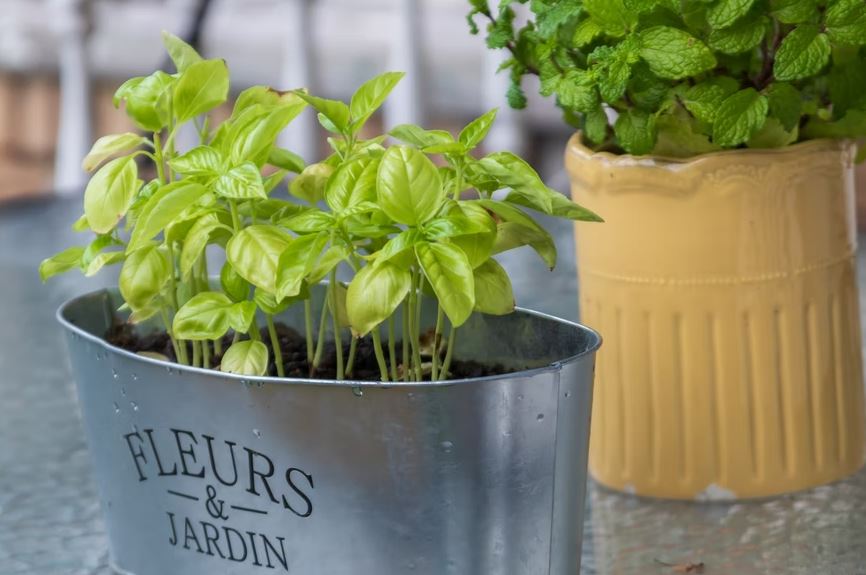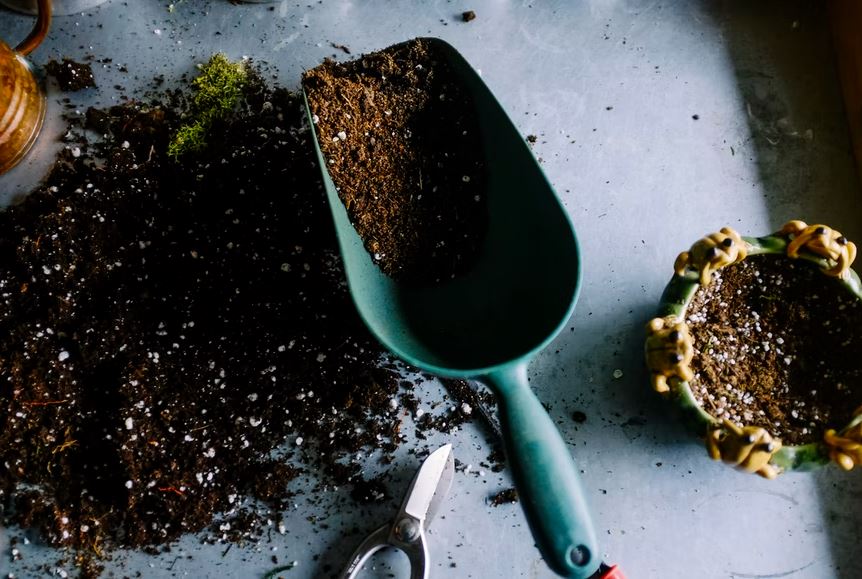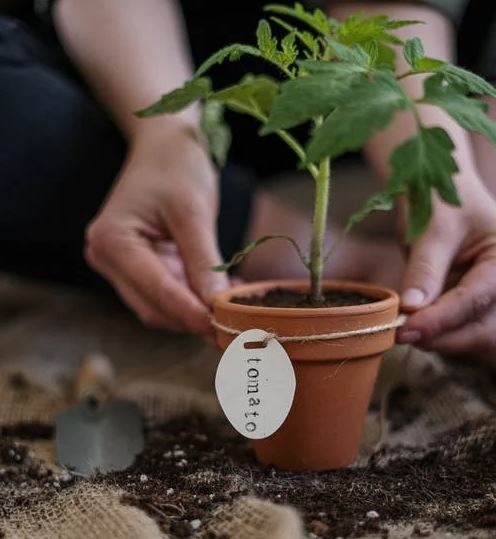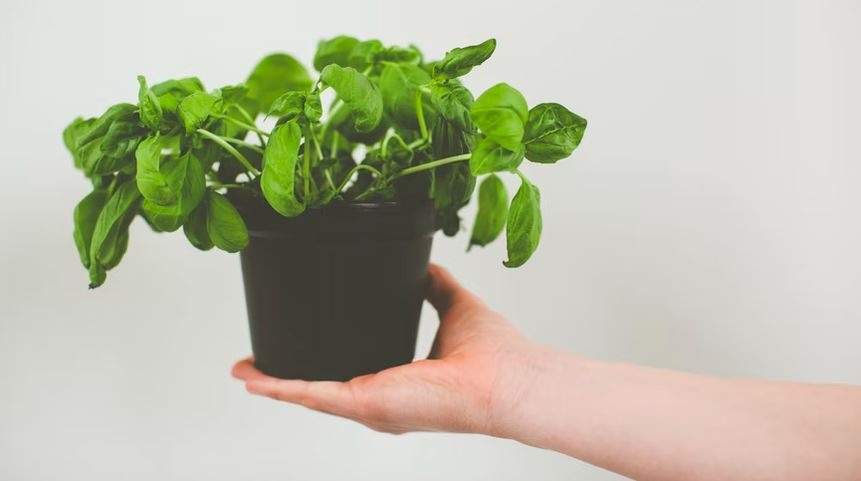One of the most common mistakes that most gardeners make is overlooking the value of feeding their container plants. Unlike ones planted in in-ground garden beds, container plants’ roots are restrained in their pots, prohibiting them from searching for additional nutrients in the soil once they’ve consumed all that’s available nearby. As such, they need much more help from you to keep them growing their best.
Just be mindful that there’s a limit to everything. While fertilizing potted plants is important, it’s vital that you provide them only enough, given that over-fertilization can rather cause the ultimate demise of your plant. So, read on below as we’ll discover how much, how often, and when to feed your container plants for their optimum growth.
Importance of Fertilizing Container Plants
Container plants are like plants isolated from the natural world. A few feet underground, many organic microbial activities occur, producing enzymes, minerals, and nutrients that are all vital to a plant’s growth and fertility.
As container plants are restrained in pots or boxes, they are cut off from enjoying all these key macronutrients in the ground. With that, they’re always vulnerable to using up all the nourishment, placing them in a situation where it is not enough to keep them thriving and producing. Thus, affecting the quality and yield of container plants.
As such, fertilizing container plants is far more important than feeding plants raised in in-ground garden beds. Remember, nutrients in the pots don’t last forever. So, you need to supplement your plants regularly with the right levels of fertilizer in the potting soil to mimic the soil in the ground. Through that, they won’t be devoid of the nourishments in order to healthily grow and thrive.
What to Use: Synthetic or Organic Fertilizers?
Now, let’s know more about the type of fertilizers based on their sources: synthetic and organic fertilizers. Also called chemical fertilizers, synthetic fertilizers are artificially manufactured using inorganic waste materials.
Rather than feeding the soil, what they do is feed the plants and provide instant gratification. The catch is that they can be disadvantageous for the plants in the long run.
Synthetic fertilizers kill beneficial microbes and bacteria, stripping off the capability to perform activities that naturally provide the key nutrients in the soil. They are usually made of salts that can rapidly build up at the bottom of the container, leaving the plant roots dehydrated and leading to major damage.
Not to mention the dangers that synthetic fertilizers also pose to your kids and pets, and the harmful effects the chemicals cause to the environment.
Meanwhile, organic fertilizers are made of animal- or plant-based materials, such as manure, compost, seaweed, worm castings, and leaves. All components come from natural sources or naturally-occurring processes. Though organic fertilizers move slower, using them is safer and entails less risk for fertilizer burn. Plus, they just naturally give off your plants’ needs, resulting in a healthier container garden.
What To Use: Granular or Liquid Fertilizer?
Apart from knowing the type of fertilizer to feed your container plants, it’s also important to know which form to use: liquid fertilizer or granular fertilizer?
As its name suggests, liquid fertilizers come in a liquid solution, which is absorbed more readily and rapidly by the plants through their foliage and roots. They contain the necessary nutrients to improve your vegetables, herbs, and plants’ growth and vigor and increase yields. However, be wary as not all liquid fertilizers are created the same.
For the best results, opt for organic liquid fertilizers, as they provide the best balance of macronutrients, vitamins, plant hormones, and amino acids for container plants. Unlike chemical liquid fertilizers, they all also don’t contain salt that can put your plants in peril. The drawback is that they provide rapid fertilization, but don’t last long. Still, they’re best if you want to see quick results.
On the other hand, granular fertilizers release all the nutrients over time. They can last from one to nine months, depending on the fertilizer type. Using them ensures that your container plants have a constant supply of nutrients that help feed them through the season.
As these products have different formulations, it’s always best to select ones suitable to the plants you’re growing. Some fertilizers are even specifically for specific plants to make the job easier. You can utilize both liquid and granular fertilizers. Given their benefits, they can be beneficial for your plants if fertilization is done carefully and correctly.
How Much Is Enough Fertilizer in a Container Garden?
The amount of fertilizer you’d be giving your plants varies depending on the product you’re using and the pot size. As this differs greatly, it is best to follow the recommended amount stated on the package.
You can find the directions on most labels that will tell you how much you should utilize in relation to your plants’ container size. It’s advisable not to go over too much of these indicated amounts. Otherwise, you will overfeed your plants, causing more harm than good and costing you more money in the long run.
In general, you should feed your container plants 2-3 times per season through the season using slow-release granular fertilizer and every 2-4 weeks with liquid fertilizer. If you’d like you can add a weaker dose of liquid fertilizer to your watering can, usually at only 1/4 to 1/5 of the recommended amount, so you won’t have to stick to a schedule.
You can feed your container plants any time of the day. However, skip ones that are drooping or dehydrated. Plants that are already under stress can incur more damage or die if you fertilize them. You can simply water them and wait for them to spring up before adding fertilizers.
Takeaway
Fertilizing your potted plants is a must for a beautiful, healthy, and successful container garden. Yet, don’t feed them randomly as under or overfertilizing them can harm your precious plants. Keep these pointers in mind and you’ll learn the ropes, soon fertilizing your plants in the appropriate amounts and procedures will be an easier and smoother task for you.




